













INTRODUCTION | DOCUMENTS | IMAGES | MAPS | EDITOR
|
Images - The Prussian Monarchy
|
|||||||||||||||||||||||||||||||||||||||
 return to chapter list
return to chapter list
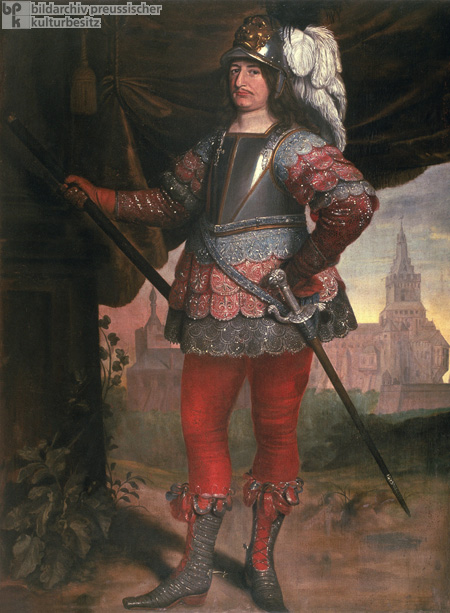

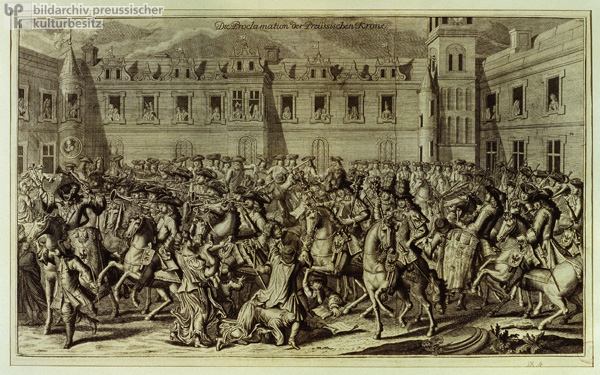
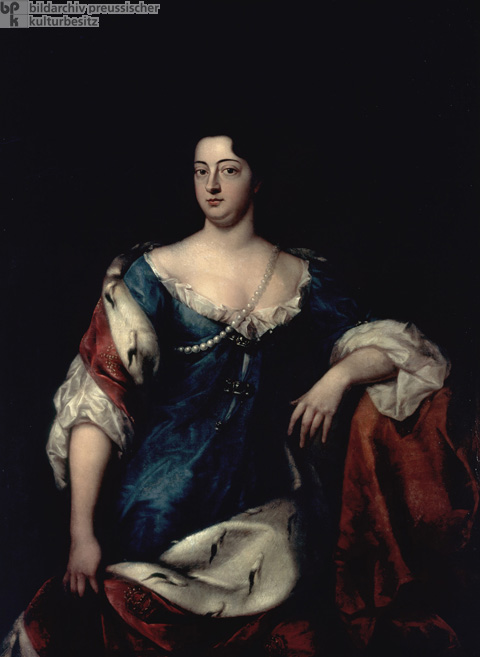
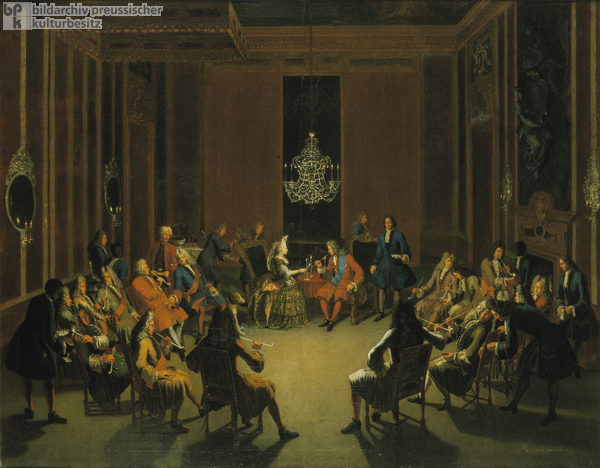
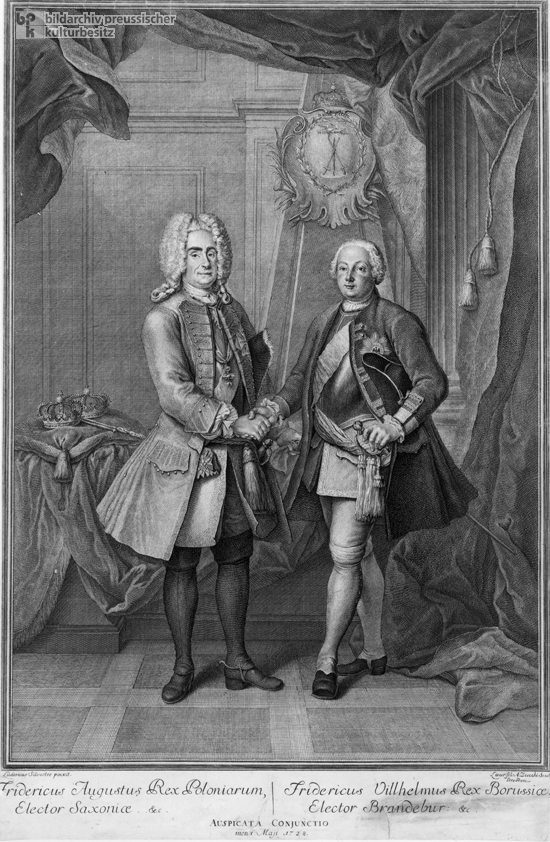
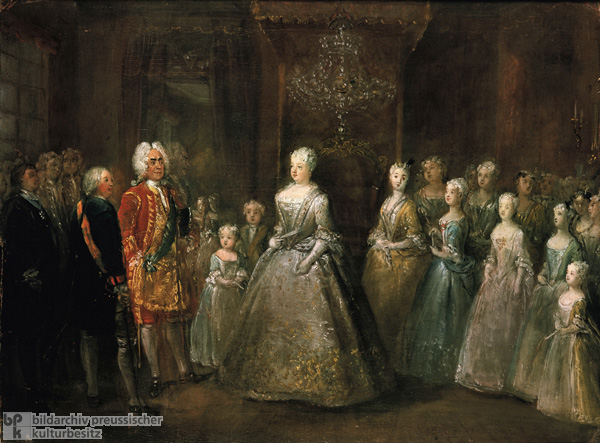
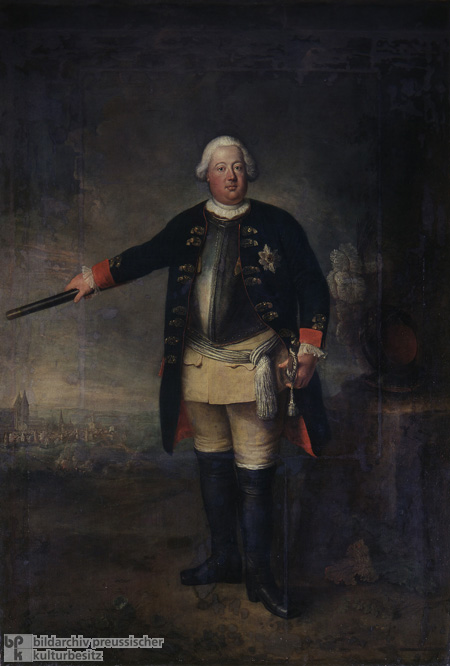
![Prince Heinrich and Prince Ferdinand at a so-called Tobacco Parliament [<i>Tabakskollegium</i>] c. 1736 (c. 1738-39)](/images/00012914 copy.jpg)
